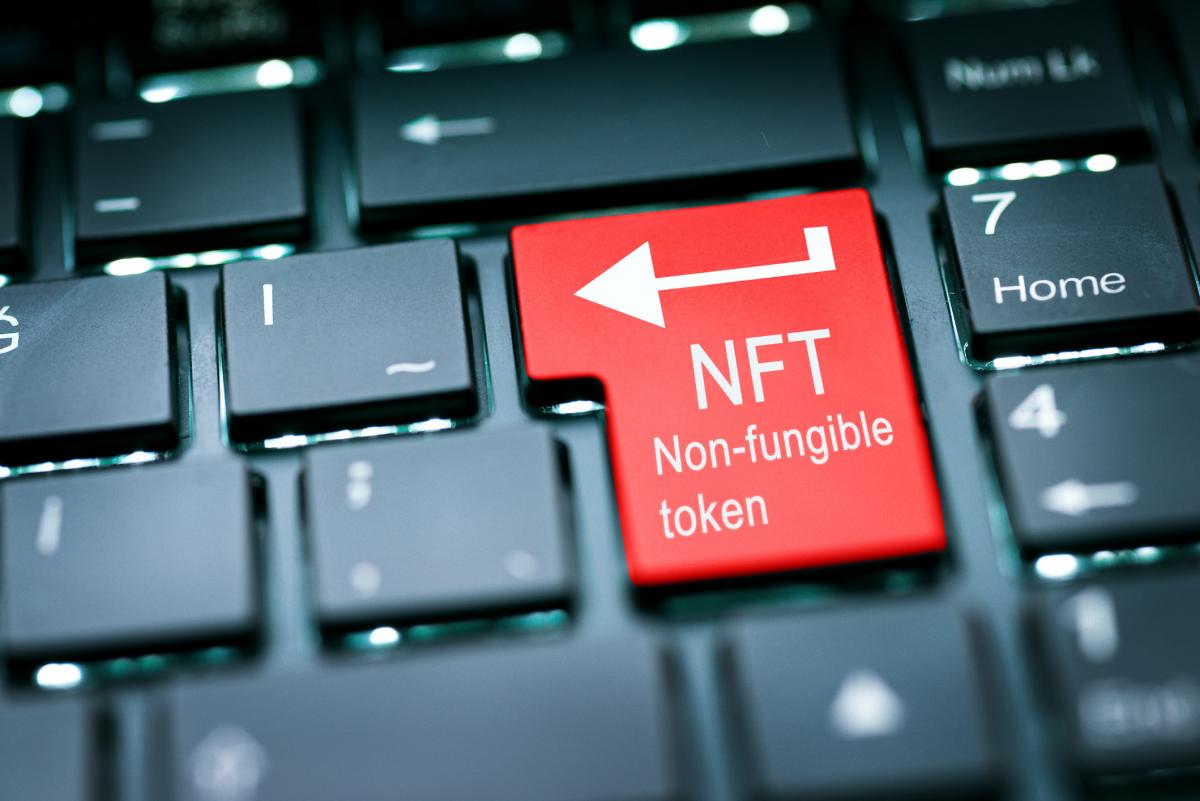By Simon Zais, CAIA is a consultant with Capco specializing in Wealth Management.
Two billion. The NFT market cleared over $2B in sales in just the first quarter of 2021. Let that number sink in. It’s more than the GDP of Belize. By comparison, the global art industry turned over $1.6B over the same span. And that includes the headline NFT art sales.
How much of that slice was served out of legacy wealth platforms? There’s clearly no way to measure this, however, the number is obviously not zero, and likely non-trivial. The question wealth managers should be asking is not “how can I talk to clients about NFTs?” The clients are already there. The question is “how can I keep assets in house while still engaging client’s proclivities towards NFTs?” And the answer — if not already apparent — is by implementing in-house wallet capabilities.
While some wire-houses have come around to the idea of custodying their clients’ cryptocurrencies, there is an opportunity within the wealth market, today, for a player to seize first-mover advantage in the NFT space. Currently, clients are ushered to potentially disreputable third-party domains with inauspicious tech-y names . The market exists, it’s ripe for the picking, and it’s $2 billion per quarter. And growing.
Most NFTs (including Beeple’s $69M blockbuster “Everydays”) are issued as ERC-721 tokens, meaning they exist on the Ethereum blockchain. While currently the market leader, there are other major players in the field; for example, NBA Top Shot logged $500M in Q1 sales on the Flow Blockchain. Consideration should be given to the balance between technological constraints, and opportunities existing between hosting an Ethereum versus a cross-platform wallet. It is important to note that an organization’s existing custody options and wallet technology will likely not support NFTs out of the box and may require additional investment to allow for secure storage of a client’s NFTs.
A wire-house can ensure asset security by implementing the same secure custody measures as with traditional assets, along with multi-signature requirements for crypto-asset movements. Like all crypto-assets, the loss of a private key can lead to the outright loss of an NFT. It is imperative for firms to institute recovery mechanisms such as seed phrases, physical vaulting, backup, and rules-based processes for movement of assets in and out of the wallet, each of which should be seriously weighed against their particular security concerns . It is industry best practice to use a reputable wallet that can transact with the marketplace along with a hardware wallet to keep the private keys safe. Most recognized hardware wallets are compatible with ERC-721 token standard.
The current benefits of hosting a wallet, whether single- or multi-chain capable, are numerous. Every wealth management publication has written volumes on stickiness. From products to community, nearly all decisions wealth managers make are focused on bringing in new assets, increasing wallet share, or retaining existing clients. As they should be: industry competition drives return on assets (ROA) down, so increase A. An in-house wallet can win on all three fronts.
Would an owner prefer to use a tech start-up wallet, or a name-brand financial institution to house their NFTs? Proper market positioning and thoughtful advertising can help steer that answer, but strong security track records, brand recognition, and supplemental services can help shepherd clients to legacy pastures.
Every purchase draws funds from somewhere, and major ones more so. If assets are flying out the door, whether being spent on gold, golf, or groceries, advisors and their firms are going to feel it. By creating a platform to potentially recapture any NFT spend, advisors can score a win in the ever-waging war of attrition and provide a visible landing strip for outside assets.
Most importantly, the ability to house NFTs as part of the suite of wealth offerings will create a stronger relationship between advisor and client, thus leading to higher satisfaction and, ultimately, retention. Imagine, as an advisor, having full access to your clients’ passions and hobbies, both on an informational and monetary level. Simply, this is what NFTs are offering. While art currently owns the lion’s share of NFT discussions, the use cases are legion. From high fashion to sports, from gaming to cash flows, NFTs provide the ability to verifiably store and transact in nearly all aspects of digital — and increasingly analogue — life. This treasure trove of information can drive everything from simple conversations to gift giving, presentations and offerings, and a relationship based on something deeper than merely the latest financial advice.
Finally, by adding another asset to the client portfolio, advisors and firms can further integrate banking products into the relationship. Compare use cases of lending against an NFT to a traditional canvas. By housing NFTs in a proprietary wallet, a wire-house could, in real time, verify both providence and custody. Collateral control becomes exponentially easier for digital assets as well, for clear reasons. While it proves difficult to maintain the value of a Rembrandt if it is cut and sold in pieces, it is an inherent benefit of NFTs that they do not suffer the same shortfall.
NFT wallets will, one day, be an offering at every significant financial institution. The benefits are too great to be left to bit players and outsiders. Someone has to be first, and by becoming an early and enthusiastic adopter, that wealth manager will have the opening to more meaningfully engage their clients with both offerings and advice. They will have the chance to climb ahead of their competitors. And they will have the ability to pull up the ladder behind them.
About the Author
Simon Zais is a consultant with Capco specializing in Wealth Management. He has experience in both the front and back office, using his broad experience to execute meaningful change across organizations. Simon holds a degree with honors from Baruch College, and is a CAIA charter holder. He lives in Connecticut with his wife, son, and two dogs.




